Refreshing Asian Side Dishes to Pair with Your Barbecue
Pair your hearty barbecues with these refreshing Asian delights!
Discover the authentic in Asian cuisine food
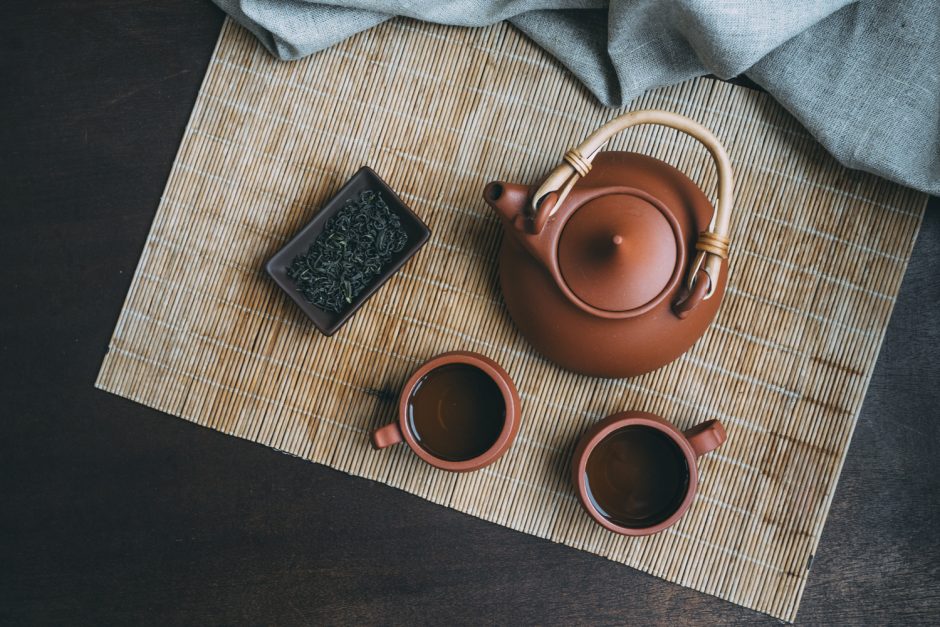
Tea drinking in China is taken seriously. Sure, there are everyday varietals that go well with dumplings and duck, but there are also rare and expensive teas that need to be treated with great reverence. Like with anything tasty and specific, it’s good to know what you’re drinking or buying. So to help you find your way through the maze of Chinese tea, here’s a quick beginners guide to what you’ll need to know to make a Chinese cuppa!

Green tea is probably the most widely drunk Chinese tea in the West. Young tea leaves are dried as soon as they are picked so as to retain as many of their natural compounds as possible. Green tea has a light, astringent flavour and makes is rich in antioxidants. Probably why you find it in your local health-food store. The most famous type of green tea is Dragon Well tea (Long Jing), produced in Hangzhou.
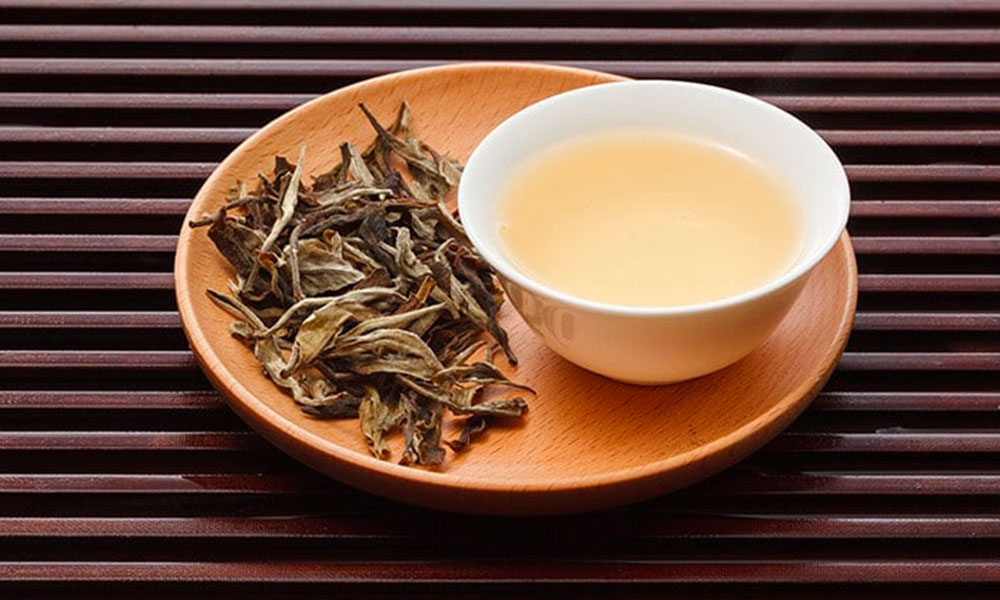
Like green tea, white tea undergoes minimal processing after it’s picked. White tea is never rolled or oxidized, giving it a very light flavour and colour. The “white” in its name is derived from the silvery-white hairs that cover the buds of the tea plant. The most prized variety of white tea is White Hair Silver Needle (Baihao Yinzhen) from Fujian province.
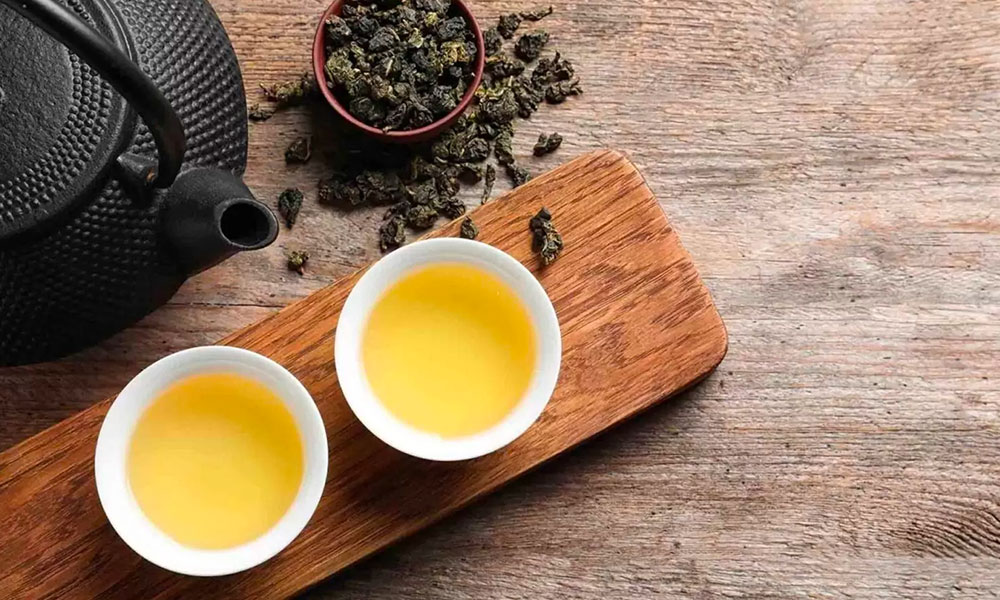
Oolong falls somewhere in between green and black tea in terms of flavour thanks to it being semi-oxidized. The taste is fairly mild but don’t be fooled, it’s still quite high in caffeine. The most famous types of oolong tea are Iron Buddha (tie guan yin) from Fujian and Big Red Robe (da hong pao) from the Wuyi Mountains.

Yellow tea is one of the rarer and more expensive varieties of tea from China. It is produced by allowing damp tea leaves to dry naturally under a cloth, giving it a mellower and less astringent taste than green tea. It was traditionally served in the imperial court since yellow was an imperial colour. So if you feel like unappreciated royalty, try dunking your tim-tams in this brew! Junshan Yinzhen from Hunan province is the best-known yellow tea.
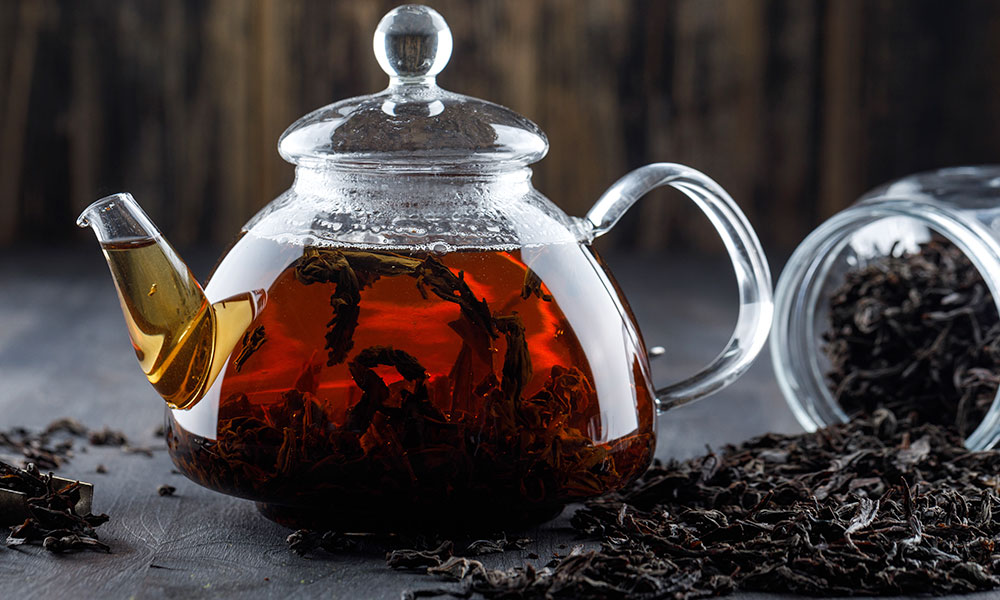
Known as red tea (hong cha) in Chinese due to the colour of tea once it is brewed. The leaves go through several processes, including, drying, oxidation and roasting, all of which help give the tea its signature black colour. One of the most popular types of black tea is Keemun (qimen) from Anhui province and Lapsang Souchong (zhengshan xiaozhong), which is smoked over burning pine, giving it a truly unique flavour.

The most famous variety of fermented tea in China is Pu-erh from Yunnan province. After being rolled and dried, the tea leaves undergo a process of microbial fermentation for anything from several months to many years. Pu-erh is usually sold in round bricks, which are marked with the year and region of production. Pu-erh is considered to be very good for the digestion and is often served with rich meals such as dim sum. It’s also extremely expensive, with some being sold for over $1000 a kilo!
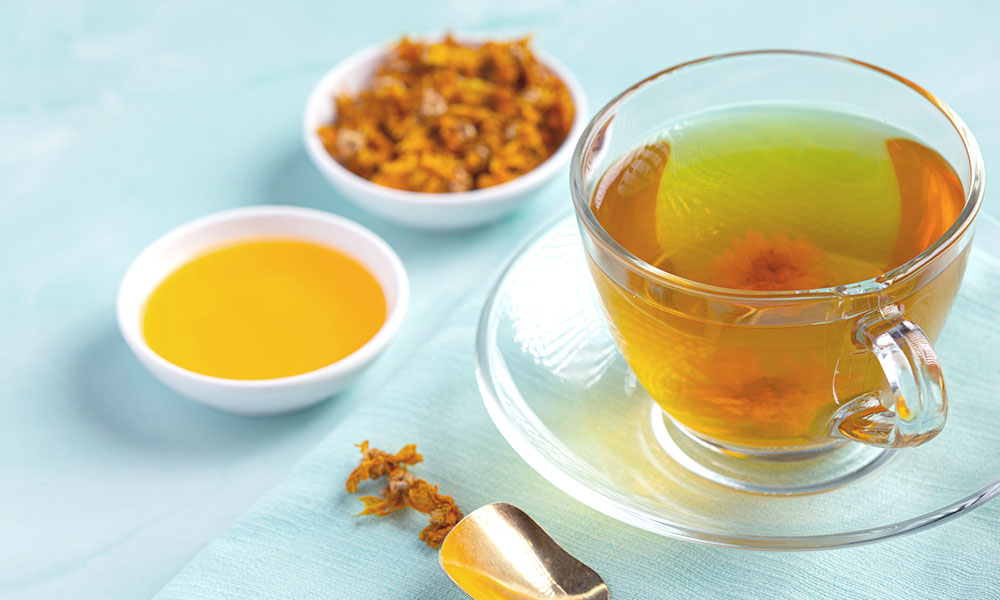
Flower tea is, unsurprisingly, made out of flowers such as chrysanthemum, jasmine, rose, hibiscus, or lily. You may also find “scented” teas, which blend flowers with green or white tea (this is common for jasmine tea).
There you have it! As always, let us know if we’ve forgotten anything.

Pair your hearty barbecues with these refreshing Asian delights!

What are the properties of ginger, and how to pick, store and use ginger in your cooking? Find out here!

Yummify your summer dishes with the savoury and versatile fish sauce – the Southeast Asian flavour-maker!